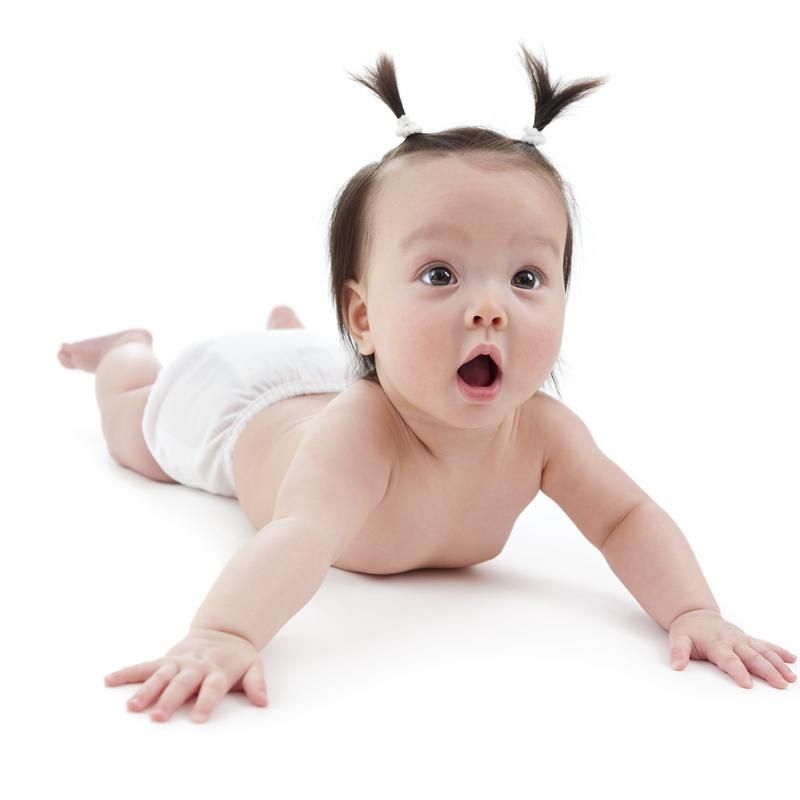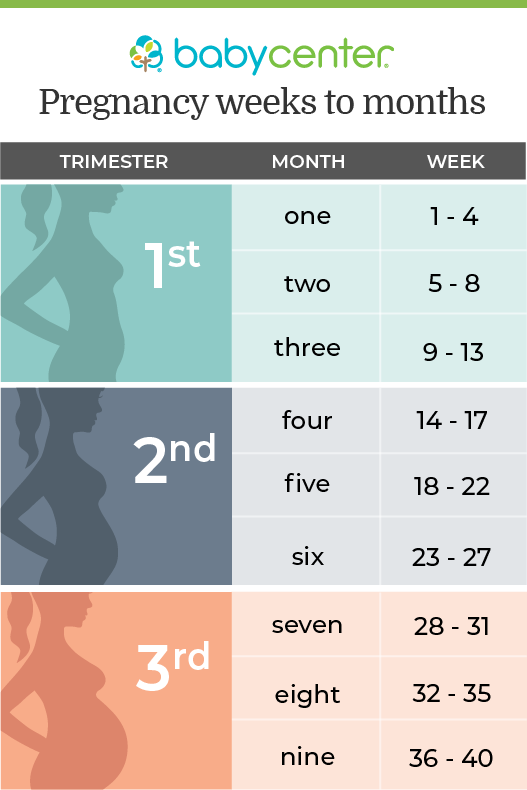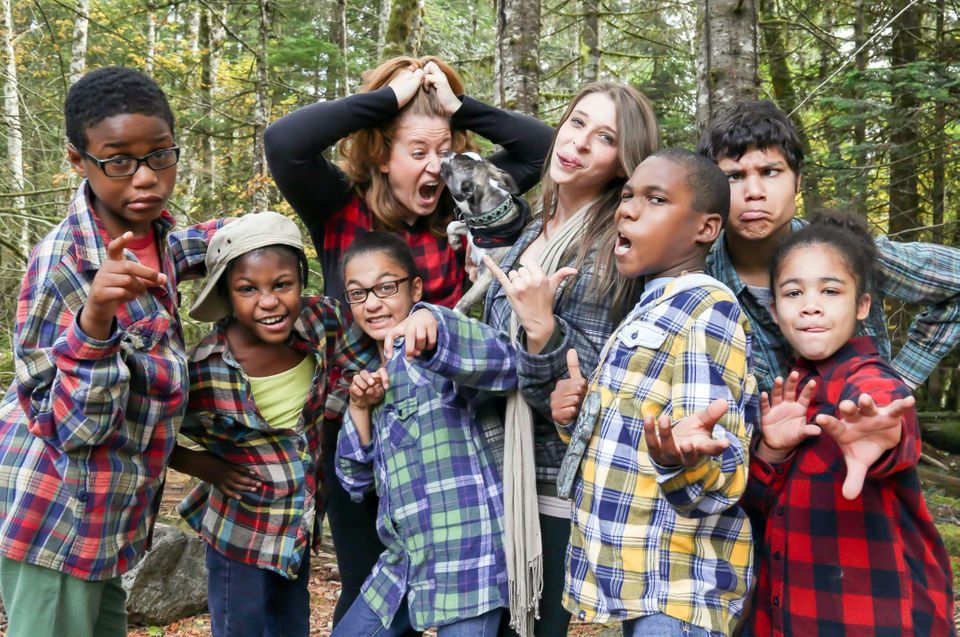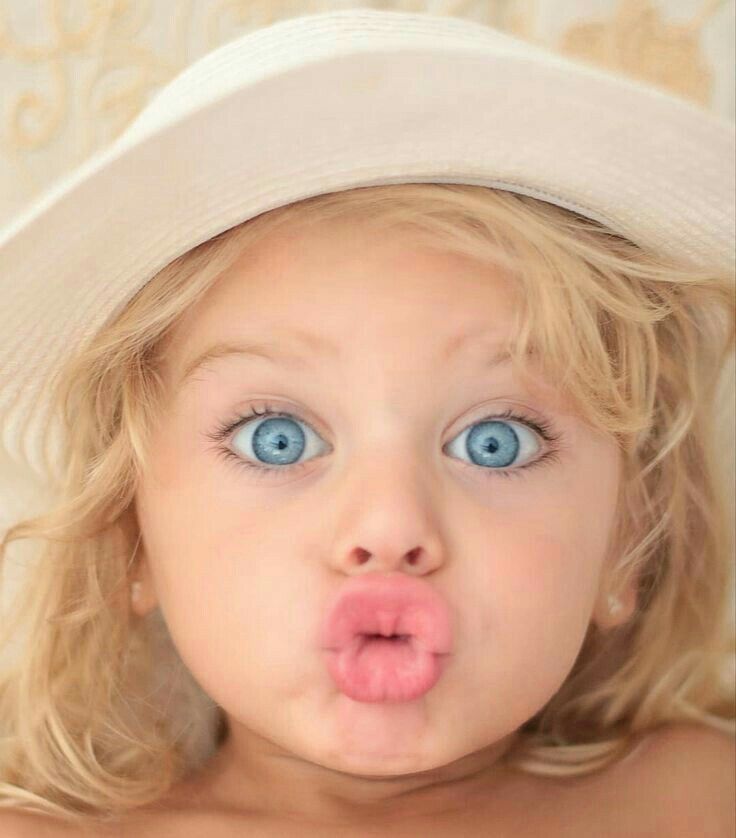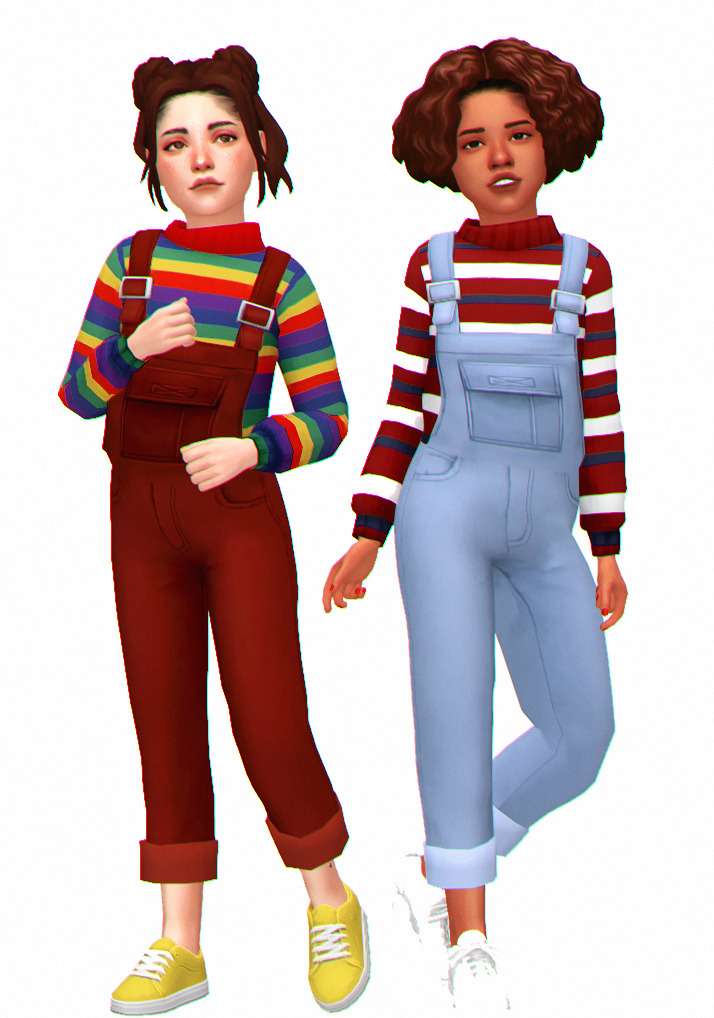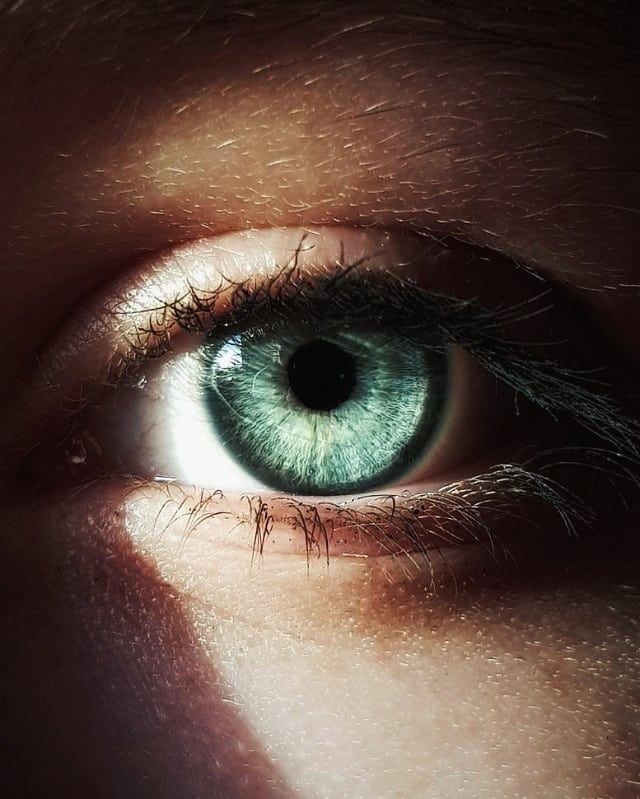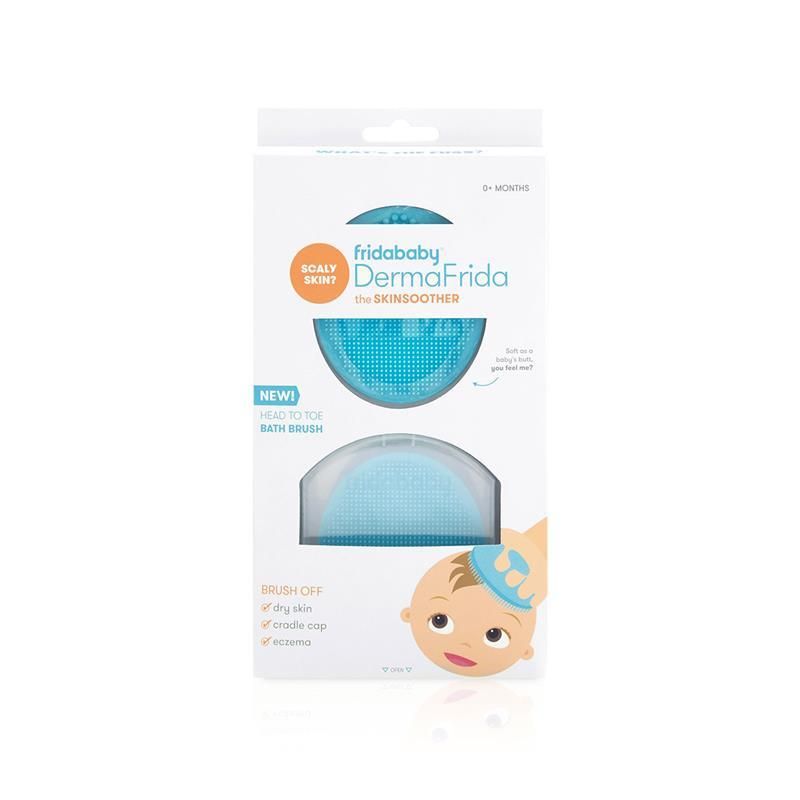3 months baby hair loss
Hair Loss
Is this your child's symptom?
- Hair loss in patches or throughout the scalp
- The missing hairs can be broken off or just fall out
- The medical term for hair loss is alopecia
Causes
Common causes of hair loss are listed below. Most don't usually require medical treatment.
- Ringworm of the Scalp. This is the main cause of patchy hair loss that needs medical treatment. Your child's doctor will prescribe a medicine to treat ringworm of the scalp. It's taken by mouth.
- Newborn Hair Loss. The hair of many newborns falls out during the first few months of life. This baby hair is replaced by permanent hair.
- Rubbing or Friction. Babies can rub off a patch of hair on the back of the head. This most commonly occurs in infants 3 to 6 months old. It is a result of friction during head-turning against a firm surface. Examples are crib mattresses, playpens, and infant seats.
The hair grows back once the baby starts sitting up. Also called friction alopecia or pressure alopecia. Repeated or severe friction can cause hair loss at any age.
- Tight Hair Styles. If hair is pulled too tight, it will eventually break. Mostly seen with tight braids, pony tails or dreadlocks (especially corn row styles). Hair can also be lost because of vigorous hair-brushing or back combing. Hot hairstyling tools can also cause hair damage. Also known as traction alopecia, mechanical alopecia, or "hair abuse."
- Twisting or Pulling Out the Hair. This is a nervous habit called trichotillomania. Frequent twisting of the hair results in broken hairs of different lengths. The missing hair occurs in patches of different shapes. This creates bald spots. Rarely, it can include plucking of the eyebrows or eyelashes. Can occur with nail biting, lip biting or sucking, and sore picking habits.
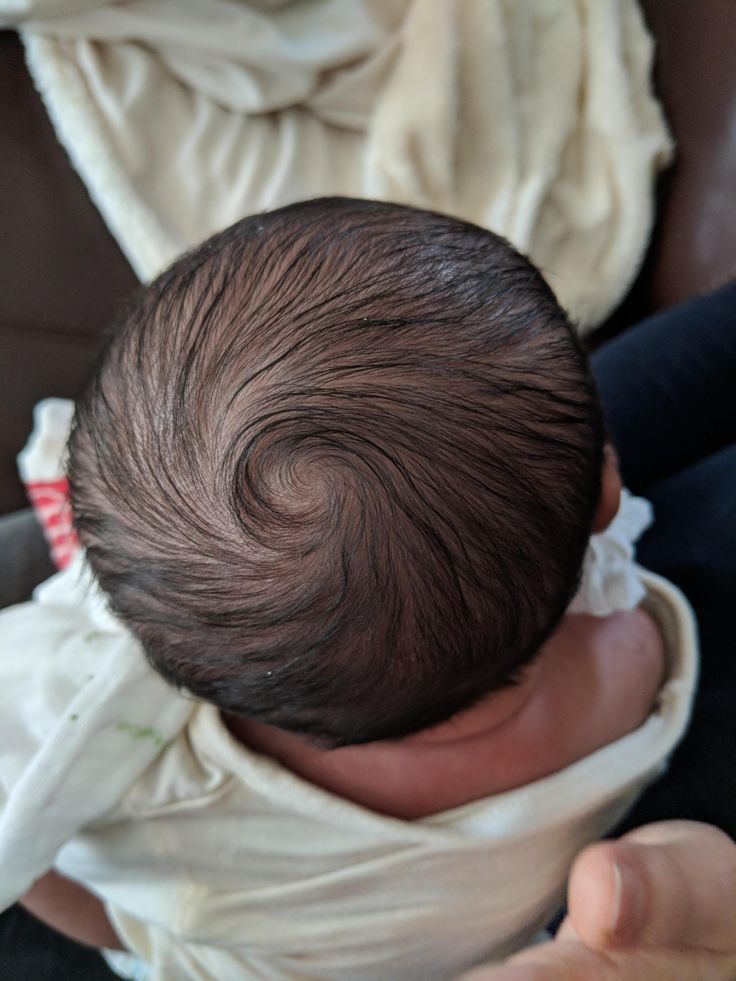 In older children, may be associated with OCD.
In older children, may be associated with OCD. - Stress. Hair follicles are very sensitive to physical or emotional stress. The hair begins to fall out about 3-4 months after a severe stress. Reason: Hair follicles are very sensitive to physical or emotional stress. Examples are a high fever, severe illness or surgery. Also, an emotional crisis or a crash diet can be triggers. In pregnant teens, the stress can be childbirth. After hair stops shedding, the hair will slowly grow back. This can take 6 to 8 months for all the hair to grow back. The whole cycle takes about 12 months. This type of hair loss is called telogen effluvium.
When to Call for Hair Loss
Call Doctor or Seek Care Now
- Your child looks or acts very sick
- You think your child needs to be seen, and the problem is urgent
Contact Doctor Within 24 Hours
- Scalp is red and very swollen in area of hair loss
- You think your child needs to be seen, but the problem is not urgent
Contact Doctor During Office Hours
- Scabs or crusts are present in the hair
- Ringworm of the scalp suspected.
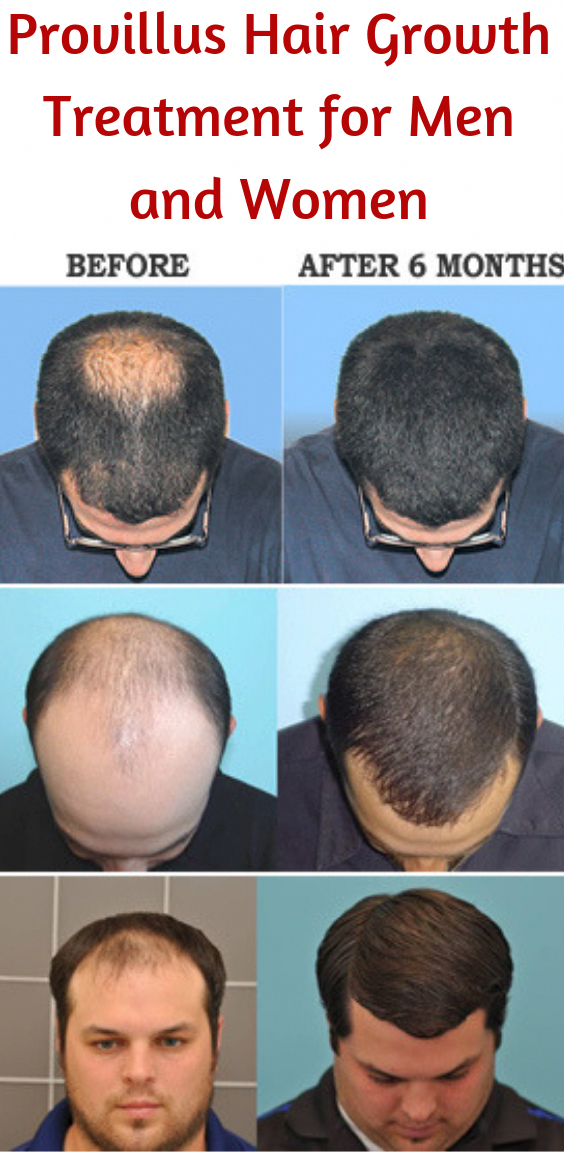 (Round patch of hair loss with scales, rough surface, redness or itching)
(Round patch of hair loss with scales, rough surface, redness or itching) - Broken hairs from tight hair style and pimples are present in scalp
- Patch of hair loss and cause not known
- Widespread hair thinning and cause not known
- Hair loss from nervous habit of twisting the hair (needs counseling)
- Hair loss is a chronic problem
- Normal hair loss suspected, but doesn't grow back within 6 months
- You have other questions or concerns
Self Care at Home
- Newborn normal hair loss in infancy
- Hair loss on back of head from chronic rubbing and friction
- Hair loss from tight hair style
- Widespread hair thinning follows a major stress about 3 months ago
Seattle Children's Urgent Care Locations
If your child’s illness or injury is life-threatening, call 911.
- Bellevue
- Everett
- Federal Way
- Seattle
Care Advice
Newborn Normal Hair Loss in Infancy
- What You Should Know About Newborn Normal Hair Loss:
- Newborns are born with varying amounts of hair.
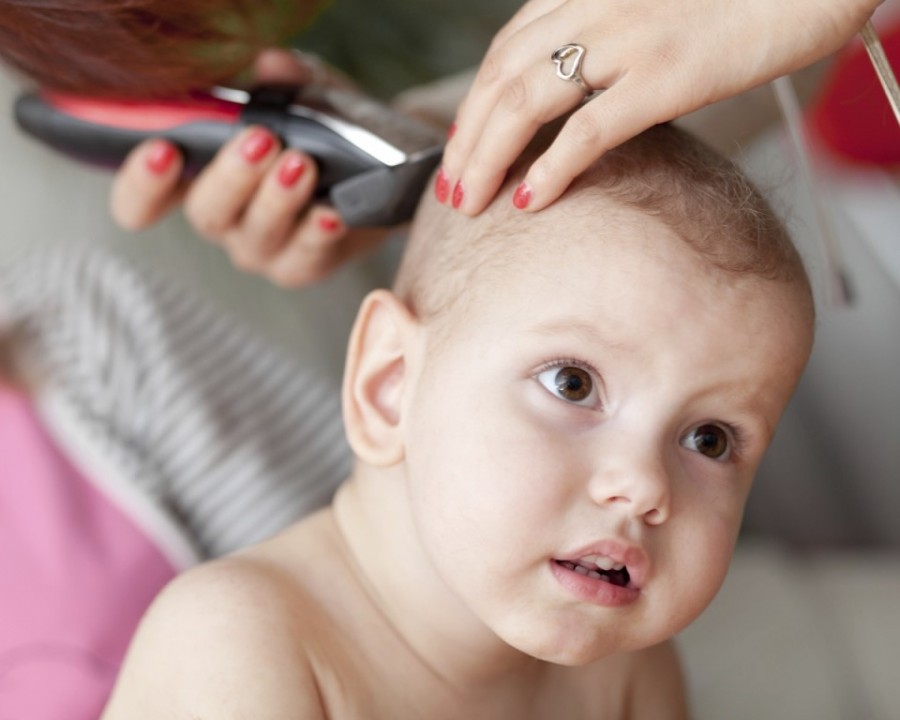
- The baby hair of many newborns falls out during the first 6 months of life. Hair loss peaks at 3 months old. The mother may also lose some of her hair at this time.
- This baby hair is then replaced by permanent hair.
- The normal hair comes in between 6 and 12 months.
- This shedding phase in newborns is always normal.
- Hair loss is not caused by shampoos.
- Newborns are born with varying amounts of hair.
- Call Your Doctor If:
- Hair does not grow back by 12 months old
- You have other questions or concerns
Hair Loss on Back of Head from Chronic Rubbing and Friction
- What You Should Know About Rubbing Off Hair on Back of Head:
- Babies can rub off a patch of hair on the back of the head. This most commonly occurs in infants 3 to 6 months old.
- The hair loss is from friction during head-turning against a firm surface. Examples are crib mattresses, playpens, activity mats and infant seats.

- The hair grows back once the baby starts to sit up.
- This may take 6 to 12 months.
- Can also occur in any bedridden child (e.g., severe cerebral palsy).
- Treatment for Hair Loss from Friction and Too Much Time on Back:
- After 1 month old, give your baby more tummy time.
- Caution: Tummy time should always occur under adult supervision. Reason: Risk of suffocation until child reaches an age when can turn over.
- Tummy time has many benefits.
- It will help the back of head become more rounded and less flat.
- It will also build up strength in shoulder muscles.
- Call Your Doctor If:
- Hair does not grow back by 6 months after learning to sit
- You have other questions or concerns
Hair Loss From Tight Hair Style
- What You Should Know About Hair Loss from Tight Hair Style:
- Symptoms: Broken hairs are seen at the hairline or where the hair is parted.
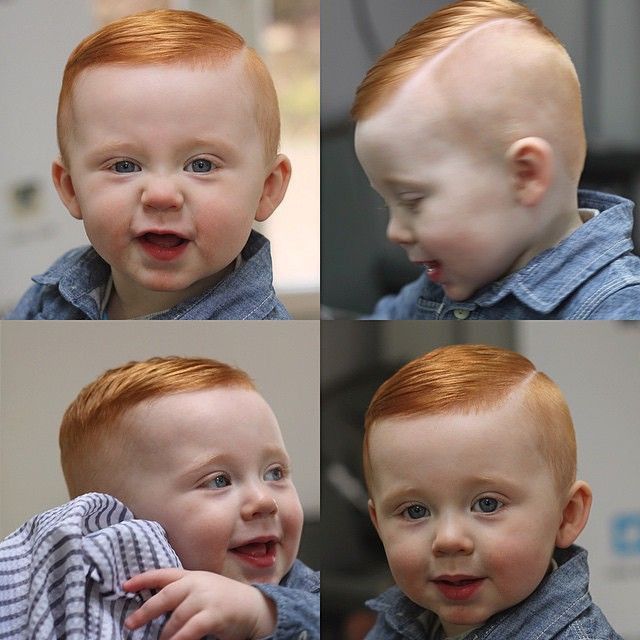 It's usually the same on both sides of the head.
It's usually the same on both sides of the head. - Cause: If hair is pulled too tight, it will eventually break. This gives a frizzy look from hairs broken off at various lengths.
- Examples: It's most commonly seen with tight braids, pony tails or dreadlocks. Hair can also be lost because of vigorous hair-brushing or back combing. Hot hairstyling tools can also cause hair damage. Can also occur during exercise while wearing head phones.
- Hair loss is not caused by shampoos.
- Symptoms: Broken hairs are seen at the hairline or where the hair is parted.
- Treatment of Broken Hairs from Tight Hair Style:
- Change the hair style to one that doesn't put tension on the hair.
- If that is not acceptable, loosen the ponytail or braids.
- These hair styles are at risk if they feel tight or cause any pain.
- Outcome: If tight hair styles are avoided, the hair will return to normal.
- Warning: If tight braiding continues over 10 years, permanent hair loss can occur.
- Pimples in the Hair and on the Scalp:
- Cause: Most pimples are caused by blocked hair follicles.

- Treatment: Stop using any ointments or oils in the hair. Reason: they block the hair follicles.
- Stop any hair style that puts tension on the hair. Reason: damages the hair follicle and makes it prone to infection.
- Wash any ointment or greasy pomade off the scalp with soap and water.
- Antibiotic Cream: Apply an antibiotic cream to the pimples. Do not use ointment. Use it 2 times a day for 3 days. No prescription is needed.
- Outcome: Most pimples will clear up in 3 days.
- Cause: Most pimples are caused by blocked hair follicles.
- Call Your Doctor If:
- Hair does not grow back by 6 months after hair style changed
- You have other questions or concerns
Widespread Hair Thinning Following Major Stress About 3 Months Ago
- What You Should Know About Hair Loss after Stress:
- Symptoms: Lots of hair is noticed in a comb or brush. The hair falls out from all parts of the scalp. This leads to major thinning of the hair, but no bald spots.

- Cause: Severe stressful event. Hair follicles are very sensitive to physical or emotional stress. Examples are a high fever, severe illness or surgery. Also, an emotional crisis or a crash diet can be triggers. In pregnant teens, the stress can be childbirth. Hair loss is not caused by shampoos.
- Time Frame: The hair begins to fall out about 3-4 months after a severe stress. It continues to fall out excessively over the next 3 or 4 months. After hair stops shedding, the hair will slowly grow back. This can take 6 to 8 months for all the hair to grow back. The whole cycle takes about 12 months.
- There's no way to hurry the process. The hair growth cycle needs to run its course.
- Here is some care advice that should help.
- Symptoms: Lots of hair is noticed in a comb or brush. The hair falls out from all parts of the scalp. This leads to major thinning of the hair, but no bald spots.
- Hair Care:
- Treat the hair gently.
- Wash the hair no more than once per day. Always use a hair conditioner.
- Comb the hair rather than brushing it.
- Be careful at combing out any tangled hair.
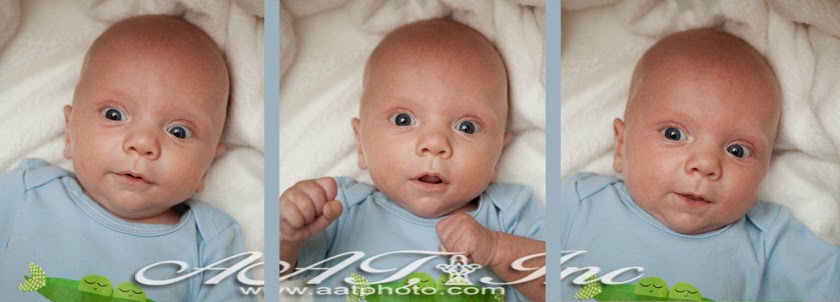
- Avoid any tight hair styles such as braids or a pony tail.
- Don't put tension on the hair.
- No special shampoo or cream is needed or helpful.
- What to Expect:
- No more than 50% of the hair will be lost.
- Once it starts to regrow, all the hair will grow back in about 6 months.
- The new hair will look normal.
- Call Your Doctor If:
- Hair does not grow back by 12 months after stressful event
- You have other questions or concerns
And remember, contact your doctor if your child develops any of the 'Call Your Doctor' symptoms.
Disclaimer: this health information is for educational purposes only. You, the reader, assume full responsibility for how you choose to use it.
Last Reviewed: 11/02/2022
Last Revised: 01/13/2022
Copyright 2000-2022. Schmitt Pediatric Guidelines LLC.
Why Is My Infant’s Hair Falling Out?
Your baby may have been born with a head of hair that could rival Chewbacca. Now, just a few months later, all that’s left are Charlie Brown wisps.
Now, just a few months later, all that’s left are Charlie Brown wisps.
What happened?
Turns out, hair loss can strike at any age — including infancy.
According to the American Academy of Pediatrics (AAP), most babies lose some — or even all — of their hair in the first few months of life. And it’s completely normal.
This hair loss is called alopecia, and in babies it can have several triggers, from hormones to sleeping position. The good news is that it’s very rare for infant hair loss to be associated with any medical problem.
And while every baby is different in how fast hair regrows, rest assured that yours should be tress blessed by their first birthday.
Most hair loss happens in the first 6 months of life, peaking at about 3 months, say the experts at Oregon Health and Science University.
In some babies, hair regrowth happens about the same time hair falls out, so you may not notice a difference. In others, the hairs fall out quickly, leaving your child cue-ball bald.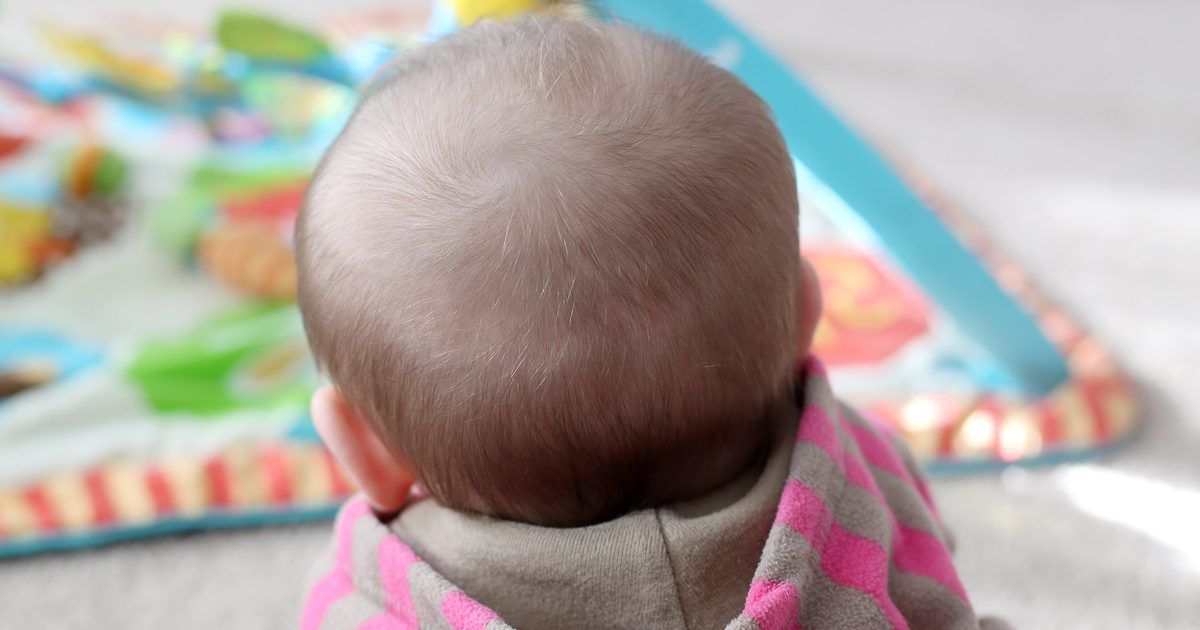 Both scenarios are normal.
Both scenarios are normal.
Here’s what else to look for:
- loose strands of hair in your hand after you stroke your baby’s head
- hair in the bath or on a towel after you’ve shampooed your child’s hair
- hair in places your baby rests their head, such as a crib or stroller
Most causes of baby hair loss are pretty harmless and include:
Telogen effluvium
Your baby is born with all the hair follicles they’ll ever have. A hair follicle is part of the skin from which hair strands grow.
At birth, some of the follicles are typically in the resting phase (called the telogen phase) and others are in the growing phase (anagen phase). But certain factors can accelerate the telogen phase, causing hair to shed: enter hormones.
Thanks to the umbilical cord, the same hormones that were pulsing through your body during pregnancy and giving you that supermodel head of hair were pulsing through your baby’s, too. But after birth, those hormones drop, triggering hair loss in your baby — and even yourself.
And if you haven’t already been there, done that, believe us when we tell you that labor and delivery are stressful events for everyone involved, including your baby. One theory is that this stress may contribute to telogen effluvium and hair loss.
Friction
Hair’s the rub: Your baby may lose hair on the back of the scalp due to hair rubbing against the hard surfaces of crib mattresses, strollers, and playpens. (Experts recommend placing babies on their backs to sleep to reduce the risk of sudden infant death syndrome, or SIDS.)
Hair loss of this nature is called neonatal occipital alopecia or simply friction alopecia. These hair-thinned patches will start to fill in when babies can roller over, usually by the end of the seventh month.
Interestingly, a 2011 study looked at neonatal occipital alopecia and suggested still another explanation. Researchers theorized that infant hair loss isn’t something that occurs outside the womb, but a physiological event that starts before birth. They concluded that it tends to most often affect babies:
They concluded that it tends to most often affect babies:
- whose mothers are younger than 34 years of age at the time of the baby’s birth
- are delivered vaginally
- are delivered full term
Still, the long-standing assumption that all the time infants spend with their head against different surfaces is the most accepted explanation for friction alopecia.
Cradle cap
Your baby’s crowning glory is studded with crusty, scaly, sometimes oily patches of what looks like hardened dandruff? It’s called cradle crap — er, cradle cap. Doctors aren’t exactly sure what causes it, but many suspect yeast or hormonal changes that make the scalp produce more oil.
Either way, the condition isn’t painful, itchy, or contagious. It also doesn’t cause hair loss, per se — but in an attempt to remove the stubborn scales, you may inadvertently also take out some hair strands.
Most mild cases of cradle cap resolve on their own in a few weeks, though it can persist for as long as a few months (and still be totally normal and harmless).
Ringworm
Call off the exterminators! Ringworm (also called tinea capitas) isn’t caused by worms but by a variety of fungi. It may cause hair loss and often a red, scaly, ring-like rash is seen on the scalp.
According to the doctors at Children’s National in Washington, D.C., ringworm doesn’t usually infect children under age 2. But it’s highly contagious, so if one person in the household has it, it’s possible to spread it via things like shared hats and hairbrushes.
Alopecia areata
This is a skin condition that leads to patchy bald spots on the head. It’s not life-threatening or contagious. Alopecia areata is caused by a defect in the immune system that causes it to attack and destroy healthy hair cells. Research published in 2002 notes that it’s very rare in children under 6 months, but there have been reported cases.
Don’t pull your hair out over your baby’s lost locks. Experts agree that treatment is unnecessary and most hair that’s lost in the first few months of life is regained during months 6 to 12.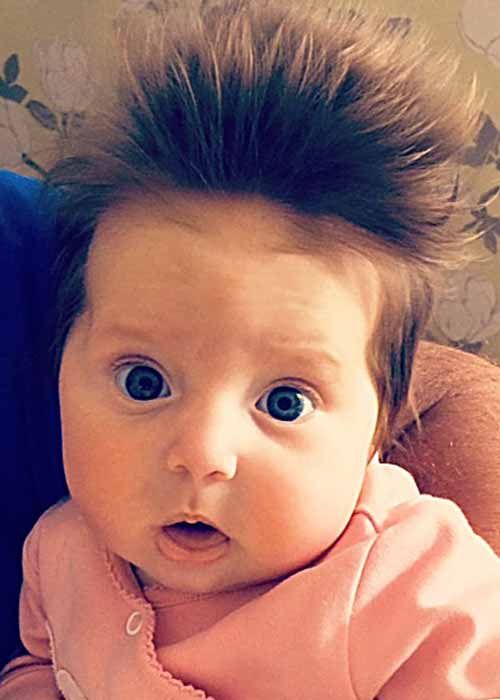
There’s really nothing you can do to stimulate regrowth, but if you suspect a medical condition like ringworm or alopecia areata, see your doctor for help with a diagnosis and treatment options and to prevent further hair loss.
You may be able to help reduce hair loss from friction by giving your baby more tummy time — but always put them to sleep on their backs until they turn 1 and they can reliably roll over (from back to stomach and stomach to back) by themselves.
Whether there’s a lot or a little, here’s the best way to care for your baby’s hair:
- Use a mild shampoo made for babies. It’s less irritating to a newborn scalp.
- Don’t overdo it. According to the AAP, you only need to suds up your baby’s scalp 2 to 3 times a week. Anything more and you risk drying out the scalp.
- Don’t scrub. Take a washcloth wet with shampoo and gently massage it over your baby’s head.
- Use a soft-bristled brush on your baby’s sudsy hair if you see cradle cap and want to try to gently remove some scales.
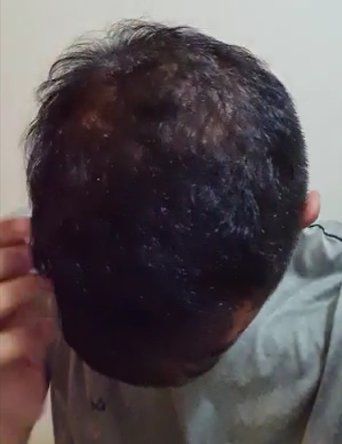 But don’t go to battle. Cradle cap is harmless and will eventually resolve on its own.
But don’t go to battle. Cradle cap is harmless and will eventually resolve on its own.
Put the pint-size hairpiece down. The vast majority of babies will regrow their lost hair in a matter of months.
But what surprises a lot of parents is that the new locks may look different than your baby’s first thatch of hair. It’s not uncommon, for example, for light hair to come in darker, straight hair to come in curly, or thick hair to come in thin — and vice versa. Genetics and your baby’s own hormones help determine which it will be.
Related: What color hair will my baby have?
Baby hair loss is normal and — maybe most important of all — temporary. (We should all be so lucky!)
But if your baby’s hair hasn’t started to regrow by their first birthday, or if you notice anything odd — such as bare patches, rashes, or excessive scaliness on the scalp — bring your child to their pediatrician for evaluation.
Hair loss in children: possible causes
The Cosmedica Team
We are an international team committed to providing the best hair transplant services on the market and to informing and educating people around the world about hair loss and its treatments.
Contents of the article
When children's hair falls out and bald spots form, both the child and his parents may experience great anxiety. However hair loss is not a disease, but is a symptom of a problem. Usually, the disease in question does not only affect the scalp, but is a whole problem with the skin or other organs.
Therefore, when a child's hair falls out, you should see a doctor , ideally a pediatric dermatologist should conduct a thorough examination to find out the root cause. In this blog post, we have listed five of the most common problems that can lead to hair loss in children. However, this post should not be taken as a medical resource - if your child is experiencing hair loss, See a doctor .
Hair loss in girls and boys can manifest itself in different forms. As mentioned above, the possible causes are numerous.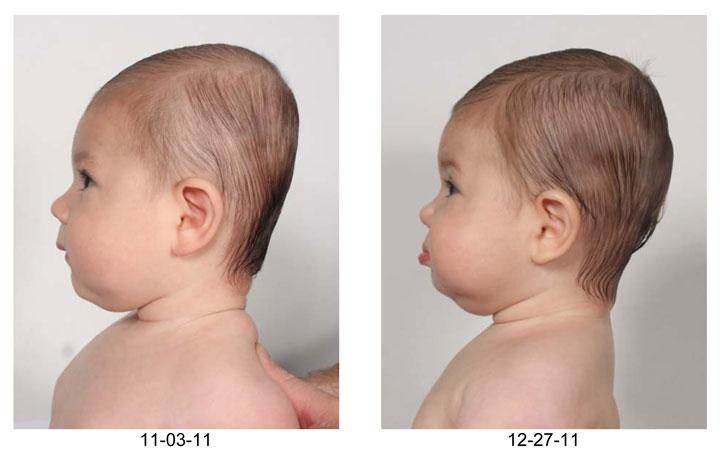 It can be diseases , genetics or psychological stress s. The following diseases can - under certain circumstances - cause hair loss in a child.
It can be diseases , genetics or psychological stress s. The following diseases can - under certain circumstances - cause hair loss in a child.
Tinea capitis - brittle hair and infected skin
This fungal infection of the scalp is common in children during puberty (adolescent hair loss). However, younger children (hair loss at 3 years of age also occurs) or older children can also suffer from it. Symptoms of tinea capitis are itching and redness of the scalp, sometimes dandruff may form. The hair shaft in the affected area may become brittle .
Hair on the scalp in affected areas may break or fall out completely. The disease that is highly contagious is treated with antimycotics is an antifungal medication, often in the form of a cream. It may take up to three months for the infection to be completely cured .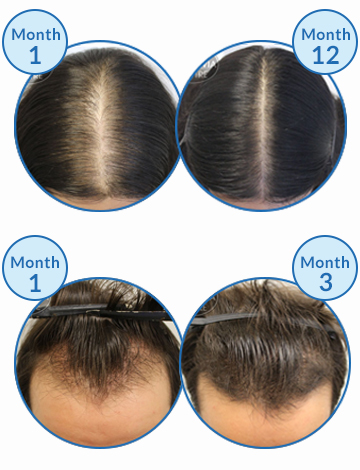
Alopecia areata - patchy hair loss
Alopecia areata in children (alopecia areata) is surprisingly common. Typical symptoms of this disease appear almost overnight. These are round or slightly oval bald patches on the scalp.
The causes of this autoimmune disease are not yet fully understood. It happens like this: the body's immune system suddenly identifies the hair follicles as foreign bodies and attacks them accordingly. This, in turn, leads to inflammation, which causes the hair to fall out. In children, the following types of circular hair loss may occur:
- Alopecia Areata Circumscripta - hair loss in the form of circular spots . In addition, eyelashes and eyebrows .
- Alopecia Universalis - complete baldness
- Alopecia areata totalis - hair falls out all over the body .
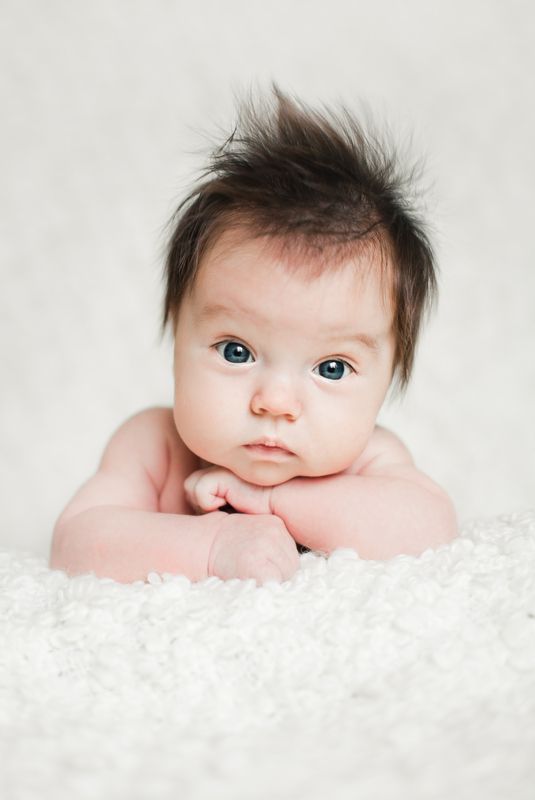
Many children grow hair within a year without medication . Sometimes steroid injections are used to suppress the local immune response. Alopecia areata can also be hereditary . Most young children suffering from circular hair loss are relatively calm about this condition. However, during adolescence, the situation can quickly change.
Psychological causes - e.g. stress
Children can also lose their hair due to psychological disorders. For example, children who are often subjected to severe stress often suffer from diffuse hair loss.
Prolonged stress may cause the patient to enter the telogen phase. This means that the hair falls out evenly over the entire head.
This form of hair loss is reversible. When the stress factor is removed, the hair grows back.
However, stress can also manifest itself in various forms of obsessive-compulsive disorder, in which children deliberately ruin their hair.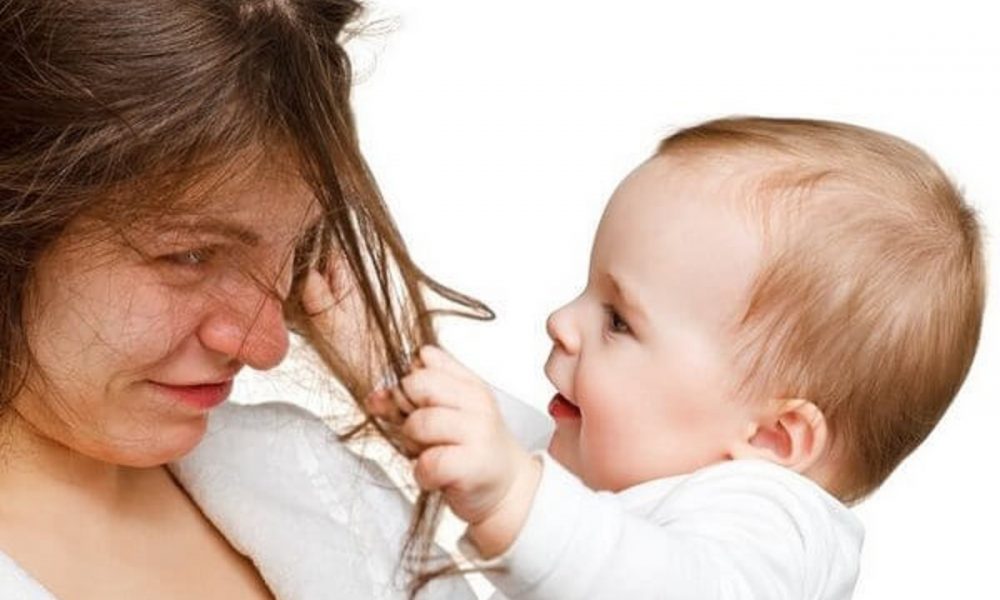
Trichotillomania - hair pulling
In trichotillomania, which belongs to obsessive-compulsive disorders , patients pull out their own hair . Often this happens unconsciously, children do not think about it. The short-term pain of pulling out the hair and the relief thereafter is an outlet for those suffering from this disorder.
Stress is often the cause, such as school fears or the stress of a parent's divorce. Very often pulled hair is also swallowed. This, in turn, can lead to other illnesses such as nausea, vomiting, pain, and digestive problems.
Trichodarkness
Children with trichotemnomania cut their hair, but do not tell anyone about it . The causes are often similar to those of trichotillomania: stress, the loss of a loved one, or even a family divorce. Trichotillomania or trichotillomania should be dealt with by an experienced child psychologist or psychiatrist.
Traction alopecia
Traction alopecia is a special case. It often occurs in children who often wear too tight ponytails or hairpieces. The constant mechanical tension of the hair can cause it to fall out under certain circumstances. Other causes of traction alopecia are brushing too often, blow-drying too hot, or even some shampoos that are aggressive to the hair roots.
Malnutrition
Another cause of hair loss in children can be malnutrition. Both deficiency and excess of certain vitamins and minerals can lead to hair loss.
What can be done against hair loss - is hair transplantation possible?
As mentioned at the beginning, in most cases, hair loss in children disappears by itself, and hair growth returns to normal.
Sometimes, however, this is not the case, mainly when the hair roots have been irreparably damaged. In this case Hair transplant in Turkey for young people is possible with all important precautions.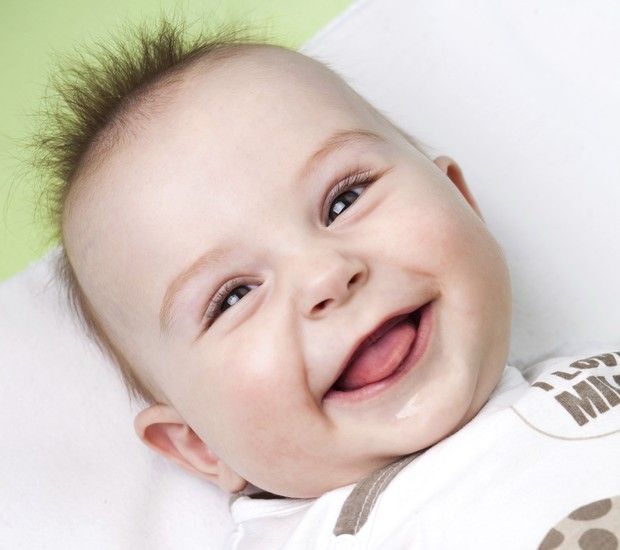 However, before carrying out this procedure, Dr. Levent Acar will first find out the causes and perform a very precise hair analysis to see if reversible causes can be ruled out.
However, before carrying out this procedure, Dr. Levent Acar will first find out the causes and perform a very precise hair analysis to see if reversible causes can be ruled out.
Free consultation
sign up
Hair loss in an infant
The problem of hair loss occurs not only in adults or children, but also in newborns. If parents observe this in their child, first of all, do not panic. In certain cases, this phenomenon is not dangerous and is temporary. However, there are situations when a newborn loses hair on his head due to an acquired disease. But how can you tell if a baby's hair loss is a sign of a serious illness? We will try to answer this question in the article.
Why my baby's hair falls out
This can be normal or dangerous. Let's consider them in order. Hair loss in a newborn, if diseases are excluded, is due to the active replacement of lanugo (the scientific name for vellus hair) with stronger hair follicles.
Another reason for falling out is frequent head tossing during sleep. Because of this, a bald patch on the back of the head may also appear. Most often, the culprit of the problem is a tight hat. However, the appearance of rickets, which will be described below, is not excluded.
We will look at diseases that can cause alopecia.
- Alopecia areata in children is accompanied by the appearance on the head of completely smooth areas of oval or round shape. The process proceeds quickly enough and after 2-3 days the child may turn out to be completely bald.
- Hair loss is often the cause of hair loss. Hair loss in an infant occurs as a result of shaving the head, which is highly discouraged at this age. The roots of the hairs are located almost at the surface of the skin. One careless move will cut off hair follicles that will never regenerate. Burns of chemical or thermal origin always contribute to hair loss.
- Rickets also leads to baldness.
